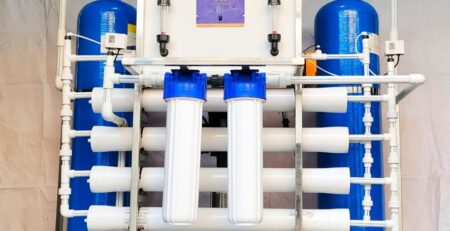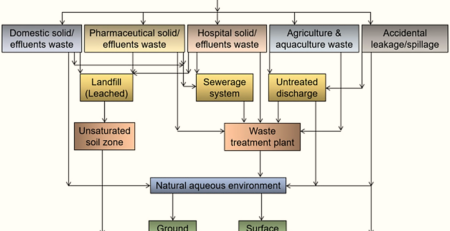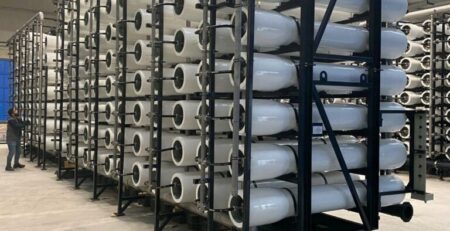Designing Heat Exchangers for Floating Liquefied Natural Gas (FLNG)
Introduction:
Facilities for floating liquefied natural gas (FLNG) production, liquefaction, and storage offer an innovative method of doing so. These offshore platforms offer flexibility in accessing remote gas reserves because they are built to process natural gas at sea. Heat exchangers are an essential part of FLNG systems and are essential to the liquefaction process. The principles of heat exchanger design for FLNG, taking into account the particular difficulties and requirements that these cutting-edge offshore installations present.

Understanding the FLNG Process
In essence, FLNG facilities are floating liquefaction plants that make it possible to extract, liquefy, and store natural gas at sea. There are multiple crucial steps in the process:
- Production platforms or subsea systems are used to produce natural gas from offshore wells.
- In order to prevent contaminants from interfering with the liquefaction process, such as carbon dioxide, water, and sulphur compounds, the extracted gas is treated.
- The processed gas condenses into liquefied natural gas when it is cooled to extremely low temperatures, usually below -160 degrees Celsius (-256 degrees Fahrenheit) (LNG). The gas must liquefy in order to be transported and stored in smaller volumes.
- The produced LNG is loaded into carriers to be transported to markets after being stored in aboard tanks.

The Role of Heat Exchangers in FLNG
Heat exchangers play a crucial role in the FLNG facilities’ liquefaction process. Managing the heat transfer necessary to chill natural gas to the liquefaction stage is their main duty. This entails managing very low temperatures and making sure that heat is exchanged across various process streams effectively. Important considerations for creating heat exchangers for FLNG include:
- Cryogenic Conditions:
Working at cryogenic temperatures during the liquefaction process is a part of FLNG activities. One of the main challenges is designing heat exchangers that can withstand and transfer heat effectively in these harsh temperatures. The choice of materials becomes essential. Low-temperature materials such as aluminium alloys and stainless steels are frequently used. In order to stop heat loss and keep the necessary low temperatures, insulation and thermal management strategies are also used. - Optimizing Liquefaction Efficiency:
Economic viability depends on the liquefaction process reaching a high level of efficiency. Heat exchangers need to be built with the least amount of energy consumption and the highest possible heat transfer efficiency. By offering a wide surface area for heat exchange in a compact design, modern heat exchanger topologies like spiral-wound or plate fin heat exchangers can improve efficiency. Simulators of computational fluid dynamics (CFD) are essential for optimising the design and arrangement of heat exchanger components. - Compact Design for Limited Space:
Because of the nature of offshore operations, FLNG installations frequently experience space limits. It is essential to design heat exchangers that are both small and efficient. For FLNG applications, compact heat exchanger designs like plate and frame or brazed plate heat exchangers are preferred. With its high surface area-to-volume ratio, these designs enable effective heat exchange in a compact space.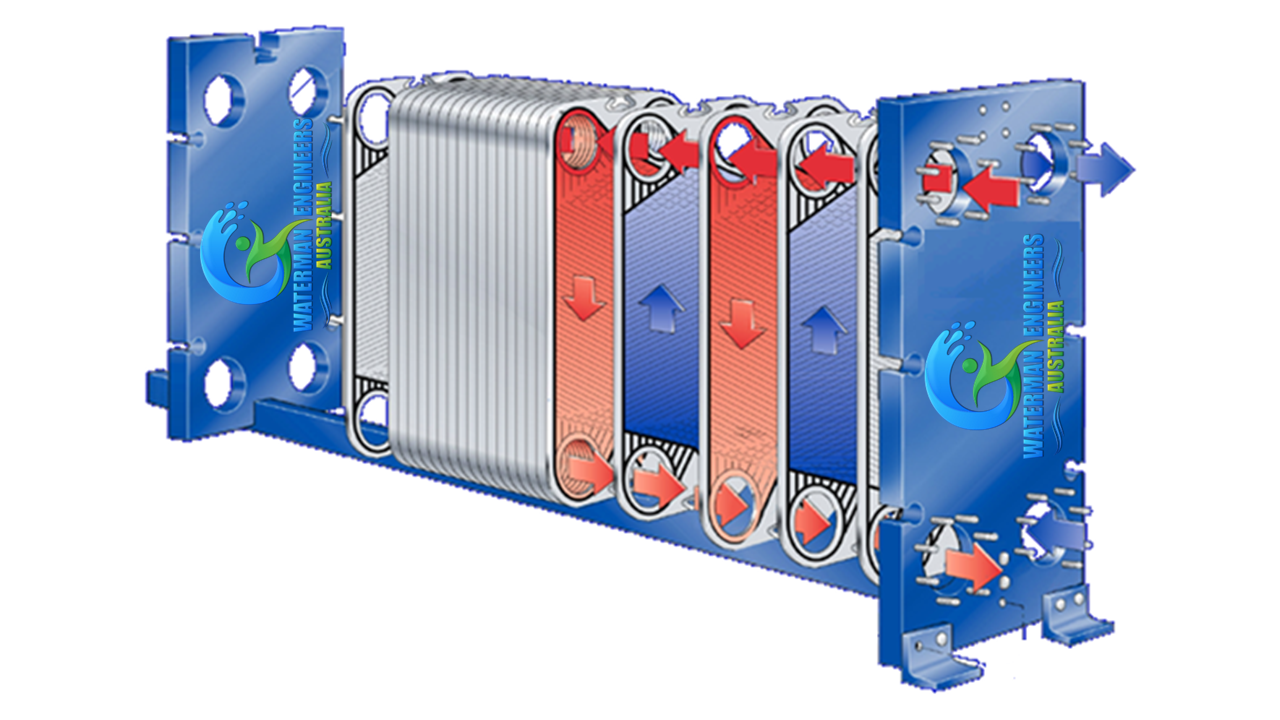
- Durability in Harsh Marine Environments:
Heat exchangers in FLNG installations are subjected to severe maritime conditions, including high winds, salinity, and possible wave action. The longevity of heat exchangers in maritime environments depends on corrosion-resistant materials and coatings. Systems for monitoring and routine maintenance are put in place to identify and handle possible corrosion problems. - Operational Flexibility:
Variations in gas composition, flow rates, and environmental variables can occur during FLNG operations. For heat exchangers to adapt to these changes, operational flexibility is a must. The flexibility needed for dynamic offshore operations is ensured by designing heat exchangers with customizable features, control systems, and the capacity to withstand variations in operating circumstances. - Safety Compliance:
FLNG plants are subject to strict safety rules and guidelines. It is imperative that heat exchangers are engineered with safety precautions to avert incidents like leaks or over pressurization. For FLNG heat exchangers to be safe and compliant with regulations, they must have emergency shutdown mechanisms, temperature and pressure monitoring systems, and safety relief valves. - Integration with Other Systems:
Heat exchangers must operate in perfect harmony with other parts of FLNG facilities, which are made up of numerous interconnected systems, including storage tanks, separators, and compressors. Efficient integration and optimal performance of the FLNG facility necessitate collaborative design techniques and meticulous evaluation of the overall system structure.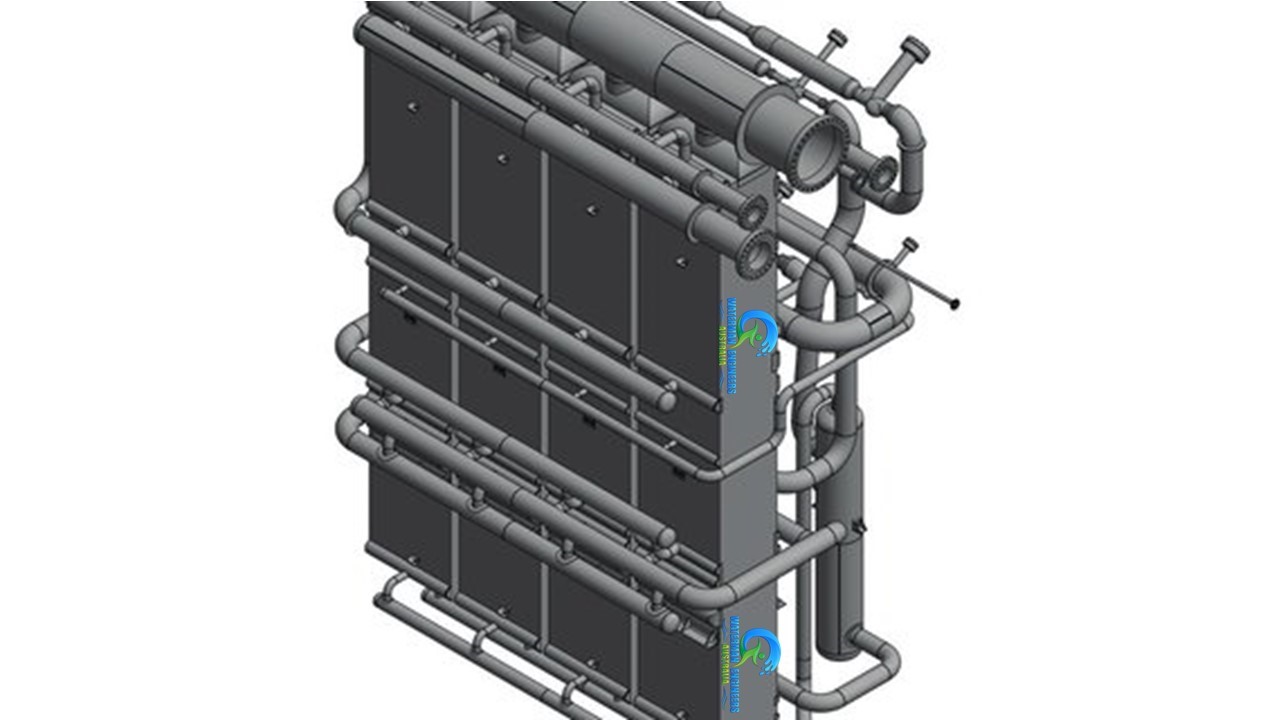
Steps in Designing Heat Exchangers for FLNG
- Identify the precise conditions needed for the liquefaction process, such as the ranges of temperatures, pressures, and compositions of the gases.
- Select materials that are corrosion-resistant in marine situations and suitable for cryogenic environments.
- Make use of design optimization methods, including CFD simulations, to build a heat exchanger that is both small and effective.
- To guarantee adherence to safety regulations, incorporate safety elements like monitoring systems and relief valves.
- Provide features that can be adjusted in heat exchanger designs to account for changes in operating conditions.
- Operate together with the FLNG system architecture as a whole to guarantee smooth integration and best possible performance.
- To improve durability, use corrosion-resistant materials and coatings in conjunction with strong maintenance and monitoring systems.
Waterman Engineers Australia design of heat exchangers for FLNG
Leading the way in creative engineering solutions, Waterman Engineers Australia has experience designing heat exchangers specifically for applications involving floating liquefied natural gas (FLNG). Through their specialised heat exchanger designs, Waterman Engineers Australia has effectively contributed to the optimization of FLNG plants, all while upholding the highest standards of excellence, sustainability, and safety.
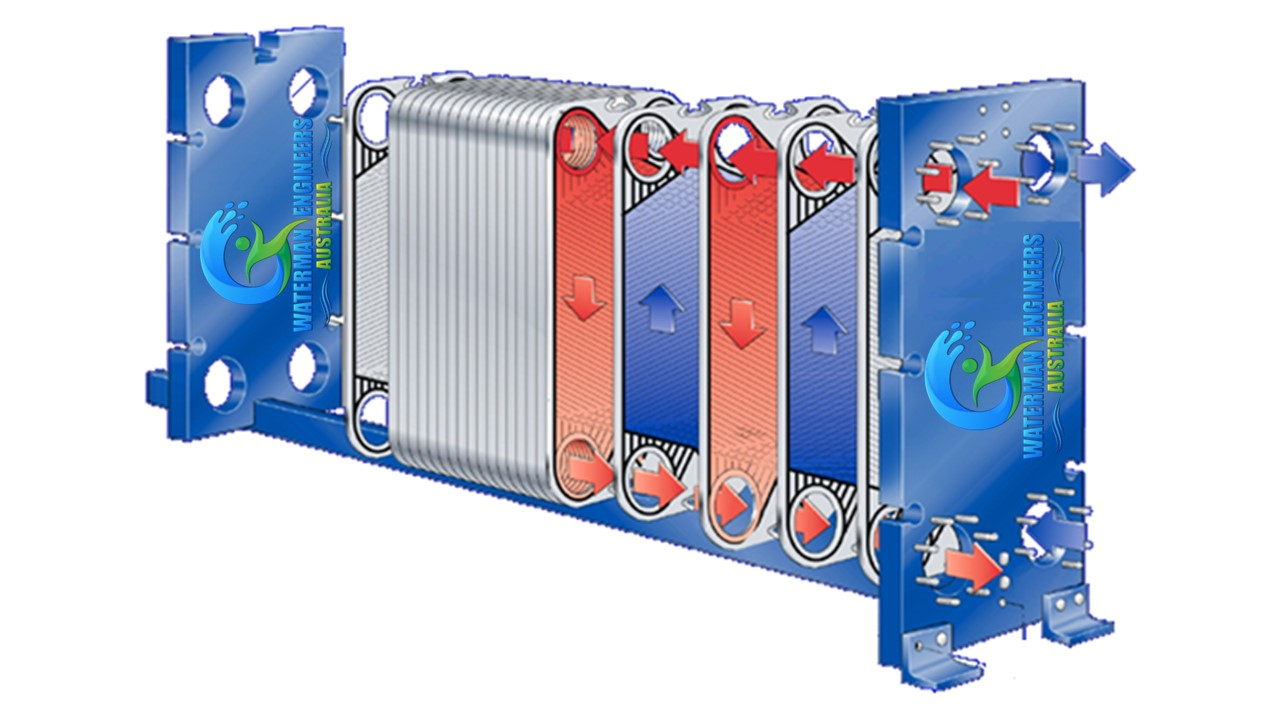
When it comes to handling the special difficulties that cryogenic conditions in FLNG operations provide, Waterman Engineers Australia is unmatched. Their team of professionals is knowledgeable about the complexities involved in creating heat exchangers that can effectively withstand extremely low temperatures, which is a necessary condition for the liquefaction process. To achieve the best possible heat transfer, this calls for the careful selection of materials that can resist cryogenic temperatures as well as the application of thermal management and insulation techniques.
For their heat exchangers, Waterman Engineers Australia uses creative and space-efficient design solutions because FLNG is an industry where space is frequently at a premium. By utilising sophisticated computational fluid dynamics (CFD) models and optimization methods, they manage to strike a compromise between effectiveness and compact size. In order to accommodate space limits on FLNG platforms without sacrificing performance, compact heat exchanger designs are essential.

Safety is given top priority by Waterman Engineers Australia while designing heat exchangers for FLNG. Their designs integrate strong safety elements since they are aware of the strict safety standards and regulations that apply to offshore activities. To maintain the integrity of the heat exchangers and adherence to industry safety standards, they include emergency shutdown mechanisms, temperature and pressure monitoring systems, and safety relief valves.
Waterman Engineers Australia develops heat exchangers with an emphasis on operational flexibility since they are aware of the dynamic nature of FLNG operations. Their solutions provide the flexibility needed in the ever-changing offshore environment by accounting for fluctuations in gas composition, flow rates, and environmental factors. Their choice of materials that resist corrosion and their application of maintenance techniques to extend the life of their heat exchangers in the demanding marine environment further demonstrate their dedication to durability.
The collaborative design method employed by Waterman Engineers Australia guarantees the smooth integration of their heat exchangers into the larger FLNG system. They actively participate in the design of the FLNG system as a whole, which helps to optimise the entire facility. By working together, they make sure that their heat exchangers complement one another and work as a whole to maximise the efficiency and performance of the FLNG facility.
The heat exchangers designed for FLNG by Waterman Engineers Australia demonstrate a thorough comprehension of the intricacies involved in offshore liquefaction procedures. Their leadership in offering state-of-the-art heat exchanger solutions for the changing FLNG operating landscape is attributed to their cryogenic knowledge, safety commitment, compact design solutions, and collaborative integration strategy.
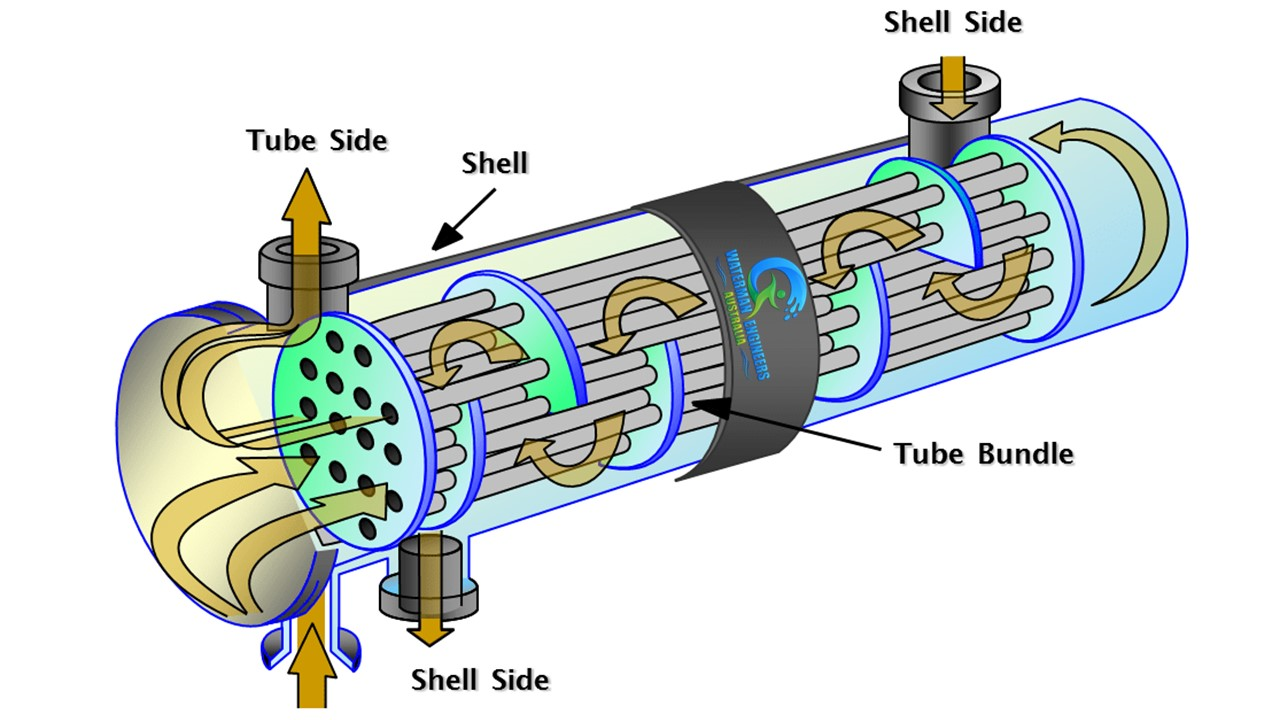
Choose Waterman Engineers Australia Heat Exchangers for Floating Liquefied Natural Gas (FLNG) that elevate your industrial processes to new heights. Contact us today to explore how we can optimize your heat transfer applications and contribute to the success of your operations.

